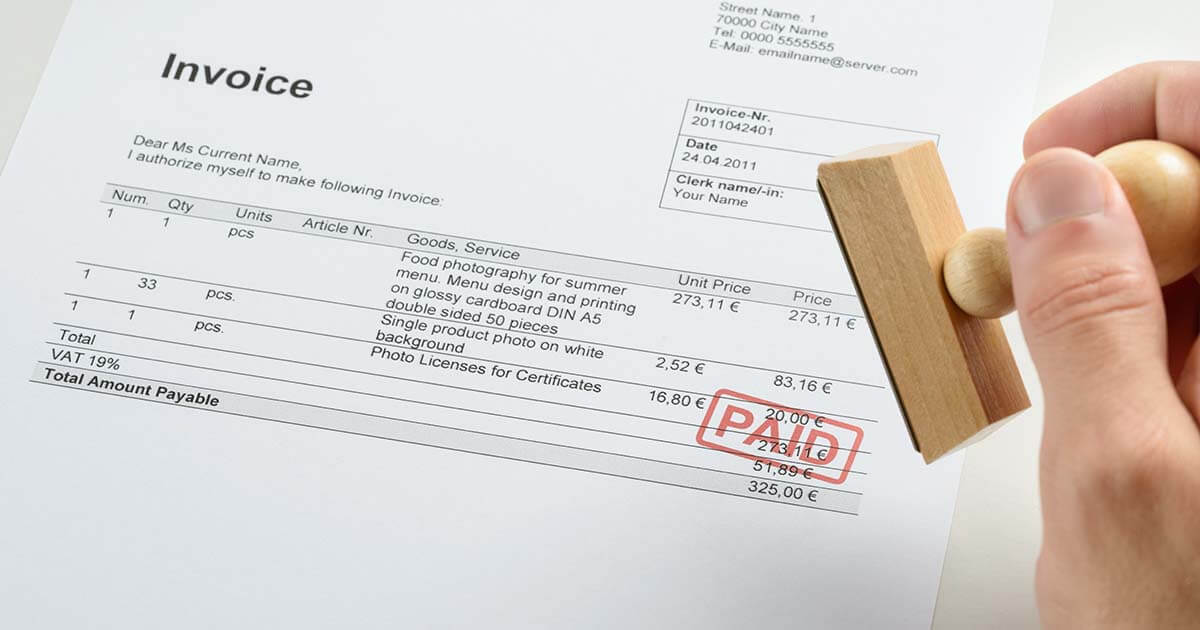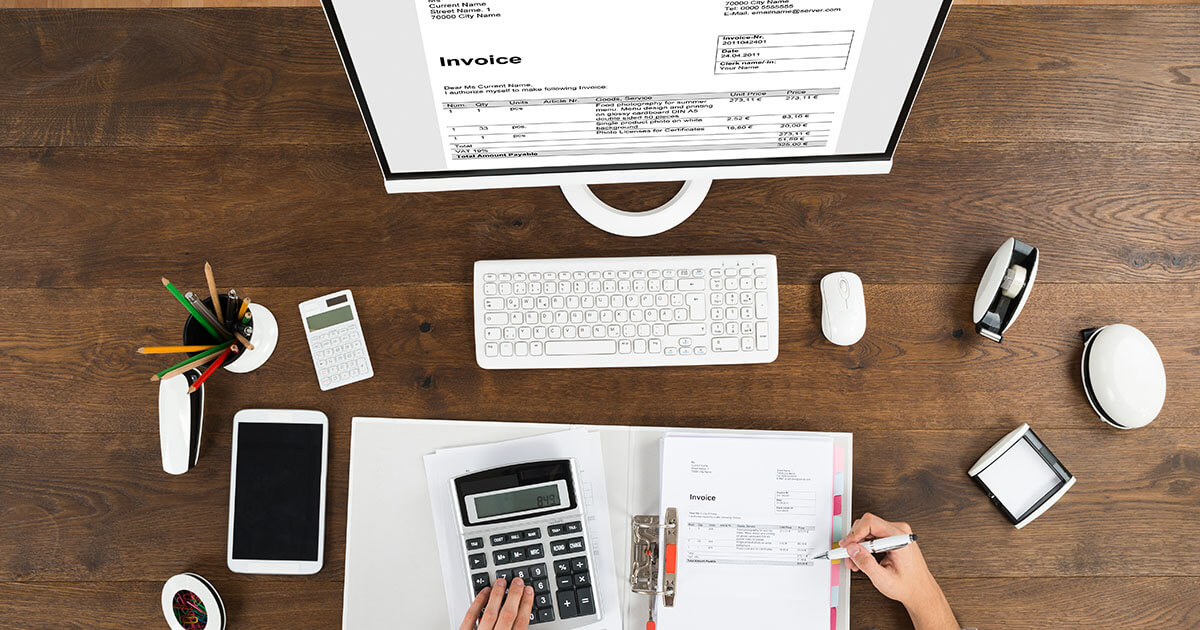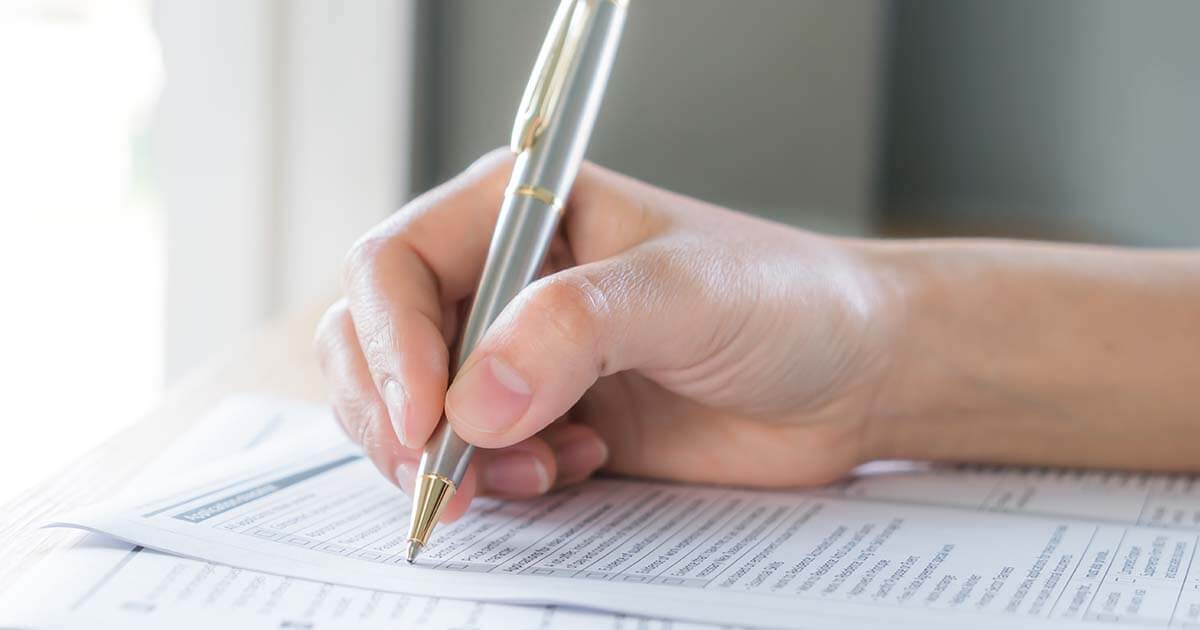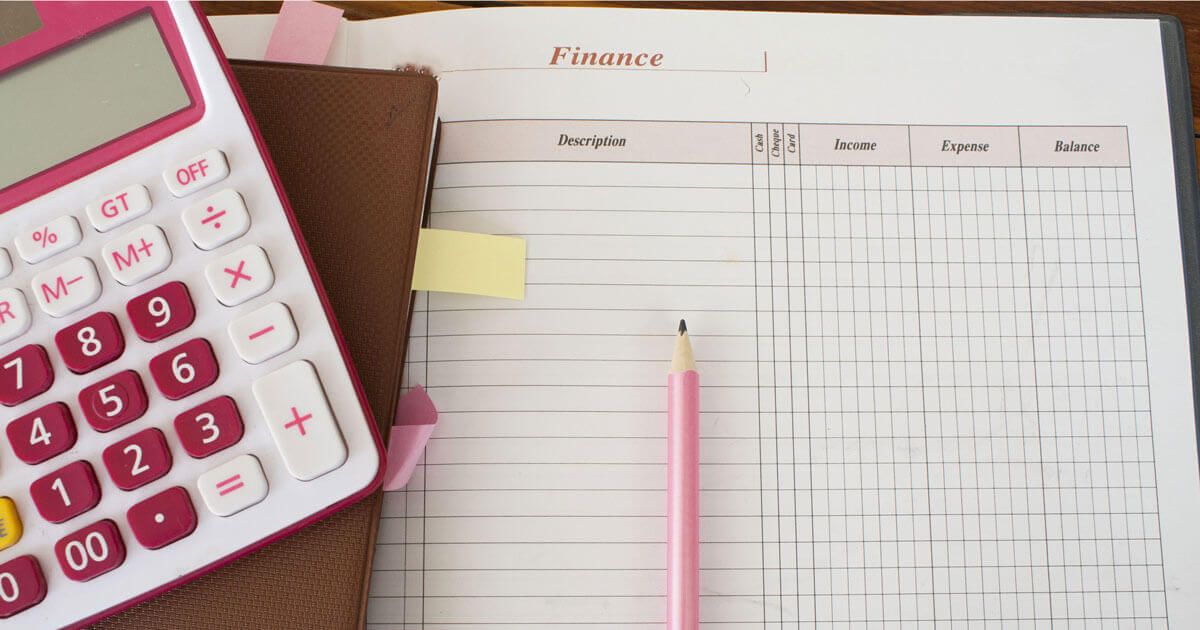Invoice numbers: What to pay attention to
In the U.K. there are a number of specific legal requirements for the creation of an invoice, including differentiations between invoice types and special instructions for VAT invoices. But finding an effective method of systematically recording your transactions is a good idea for any business, anyway. Employing an invoice numbering system is a convenient and easy way to keep your finances in order and simplify your accounting history.
The point of an invoice number
An invoice number is simply a way to uniquely mark an invoice to help keep track of your business transactions. Consecutive or sequential invoice numbers help to ensure that each invoice is unique and each business transaction can be clearly and comprehensively organized and referenced – for accounting reasons as well as customer support. While a receipt is generally used as proof of payment and therefore documents a finalised sale, an invoice is a request for payment that includes more detailed payment or contact information in addition to pricing information for the goods or services rendered. Having a proper invoice numbering system helps you avoid duplicate payments that can amount to large losses for your company.
If you do business with recipients in other countries subject to stricter invoice regulations, having a correct invoice number is very important. Taxation and VAT laws are determined by country, so creating a proper and correct invoice template and numbering system could potentially spare you or your customers from legal proceedings.
Microsoft 365 with IONOS!
Experience powerful Exchange email and the latest versions of your favourite Office apps including Word, Excel and PowerPoint on any device!
Invoice number format
How you assign your invoice numbers is mostly up to you, based on your needs and which method appears most suitable or makes the most sense. In general, though, the structure should follow such that invoices can easily be filed or located based on the numbering system, with no gaps in the sequence. In the case of VAT invoicing, the choice is made for you, as numbers must be listed sequentially - failing to do so could be seen as evasion by the HMRC.
The most common structures for assigning invoices are sequential, chronological, by customer number, or by project number. Accounting software will generally have sequential numbering set as the default invoice numbering system, starting at ‘1’ and moving up numerically (though you can specify a different start point if you wish).
For example, if you would like a longer invoice number of five digits and specify ‘10000’ as your starting point, then your invoice numbers will progress like this:
First invoice: 10000
Second invoice: 10001
Third invoice: 10002
Etc.
When entering the invoice number in your records, be sure to include the name of the customer and the amount of the invoice for quick reference. If your business deals with a large number of orders, though, or enjoys orders from repeat customers, then tracking invoices sequentially could become overwhelming.
Formatting your invoices chronologically allows you to track invoices by the date of the order. An invoice generated on the 23rd of May, 2017 for customer number 4602, for example, could look like this:
05232017-4602-00
The first number in this identifier is the date, followed by the customer number, and the unique sequence number. The last number is important if you have multiple invoices for the same customer on the same date – in that case, the next invoice would be numbered 05232017-4602-01. The date format can be selected from a variety of options as well. The example above uses the DDMMYYYY format, but alternate options include MMDDYYYY, DDMMYY, YYYYDDMM, or YYDDMM, among others.
When generating invoice numbers based on the customer number, you can choose whether or not to include any date information. Either way, the number will begin with the customer number and then be followed by the date (if desired) and the sequence number. No matter how you decide to structure your invoice number, the sequence number always needs to come at the end. This makes it easiest to find and to differentiate from the others in its sequence.
Example: 4602-05232017-01
Or
4602-0001
If your invoice number doesn’t include the date, be sure to add more digits to the sequence number to avoid running out of sequence options.
The last option that we’ll present for assigning invoice numbers is according to project number. This is most useful for companies that take on projects where that number is the most important reference for the work. These invoice numbers will include the project number, customer number, and sequence number, with the sequence number at the end. An invoice numbering system organised by project could either begin with the customer number:
4602-PERF3847-01
Or the project number:
PERF3847-4602-01
The system that you choose for numbering your invoices should correspond to your most prominent needs to make it as easy as possible for invoices to be located for referencing, and the sequence number must always be last to help you keep track and avoid duplication. Lots of accounting software provides an invoice number generator to help with this task. Once again, remember that if you’re creating VAT invoices for transactions between two VAT-registered businesses, then the invoices must be numbered sequentially.
Other invoice requirements
The U.K. has very clear rules set by the HMRC that declare what an invoice document must include. In addition to the unique identification (invoice) number and a clear declaration of the word “invoice”, all documents must include the company information (name, address, and contact), customer information (name and address), description of the goods being charged, supply date of when the goods were provided, invoice date, total amount being charged as well as the applicable VAT amount and total amount owed.
Invoices by sole traders must include your own name as well as the business name being used. If you’re using a business name, then the invoice also must contain an address for the delivery of any legal documents. Limited companies are required to include the full company name on their invoices, and the names of all directors (if they’re to be included).
VAT invoices, which have to be issued if both you and your customer are VAT-registered businesses, include even more information than a general invoice. As previously mentioned, the invoice number has to be sequential for a VAT invoice. On top of all of the information already included in the invoice, they also need the VAT registration number of the supplier, the rate of VAT and amount of VAT chargeable (to be listed in sterling), any cash discount rates offered, and the reason for any zero rate of exemption. While most commercial invoices already meet the requirements of a VAT invoice, it’s important to make sure you don’t leave anything out.
If doing business with an EU member state, be sure to include the alphabetical code of the member state in front of the registration number - GB for Great Britain. The means of transport must also be referenced on the document.
Be sure to check the laws and regulations of any other country that you may be doing business with in order to stay compliant and avoid any trouble for you or your customers.
Invoice number errors: What to do?
Mistakes or incorrectly numbered invoices be problematic, and may result in duplicate invoice payments. Correcting these errors is imperative if you want to keep your records organised and avoid future confusion or potentially costly consequences.
Typos can easily occur, and spelling errors in the company name or other more trivial information on the invoice doesn’t necessarily require correcting. If the invoice number contains an error, though, failing to correct it may prove painful. A general rule of thumb in accounting is that finalised invoices should never be deleted, so when correcting an error it’s recommended to create a new invoice with the correct information and send that to your customer along with a note of correction, so that evidence of the correction can accompany all of the evidence in both your books and the books of your customer, therefore avoiding any future confusion. If the customer has already paid, make a correction adjustment on a future invoice, or issue another invoice or credit correcting the mistake.
One of the best ways to prevent invoice numbering errors is by running a monitoring tool that constantly checks for duplicates and so helps you catch errors before their invoices are finalized. If you use the sequencing system provided by your accounting software, the issue of duplicate or missing invoice numbers is avoided entirely – if not, and an error does occur, your software should have a tool to help you locate and solve it.
Please note the legal disclaimer relating to this article.



